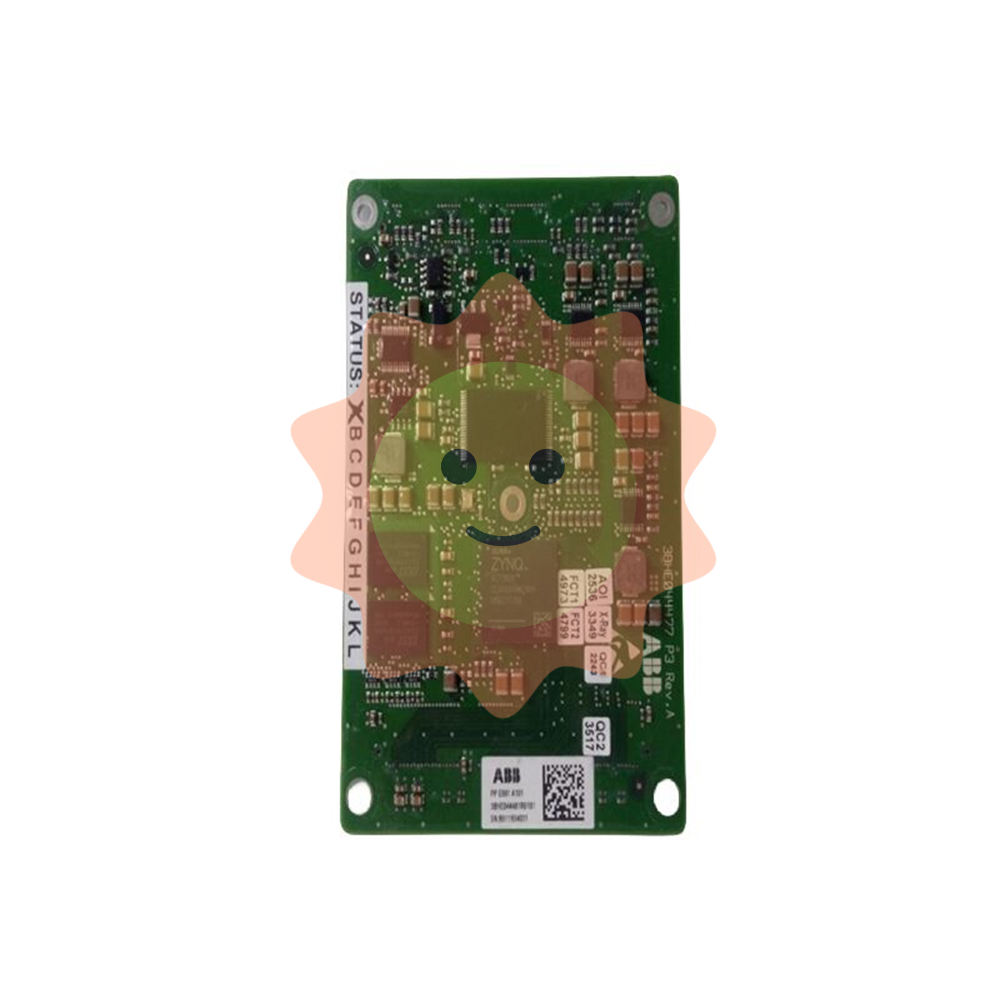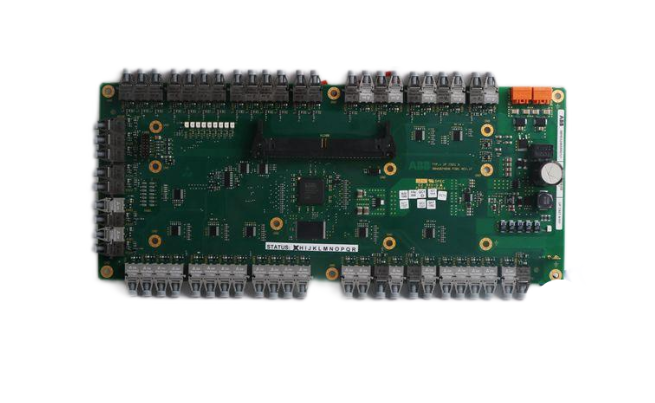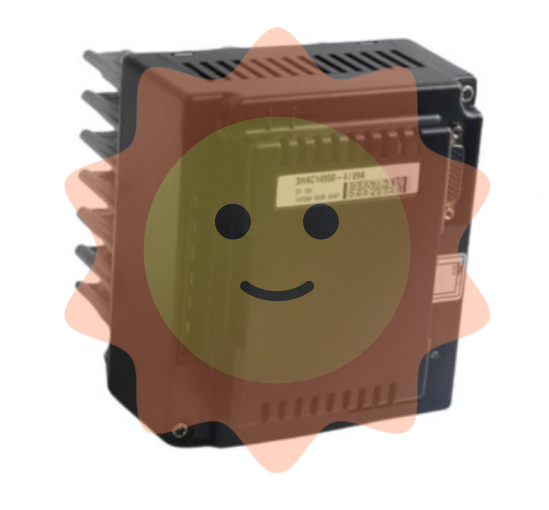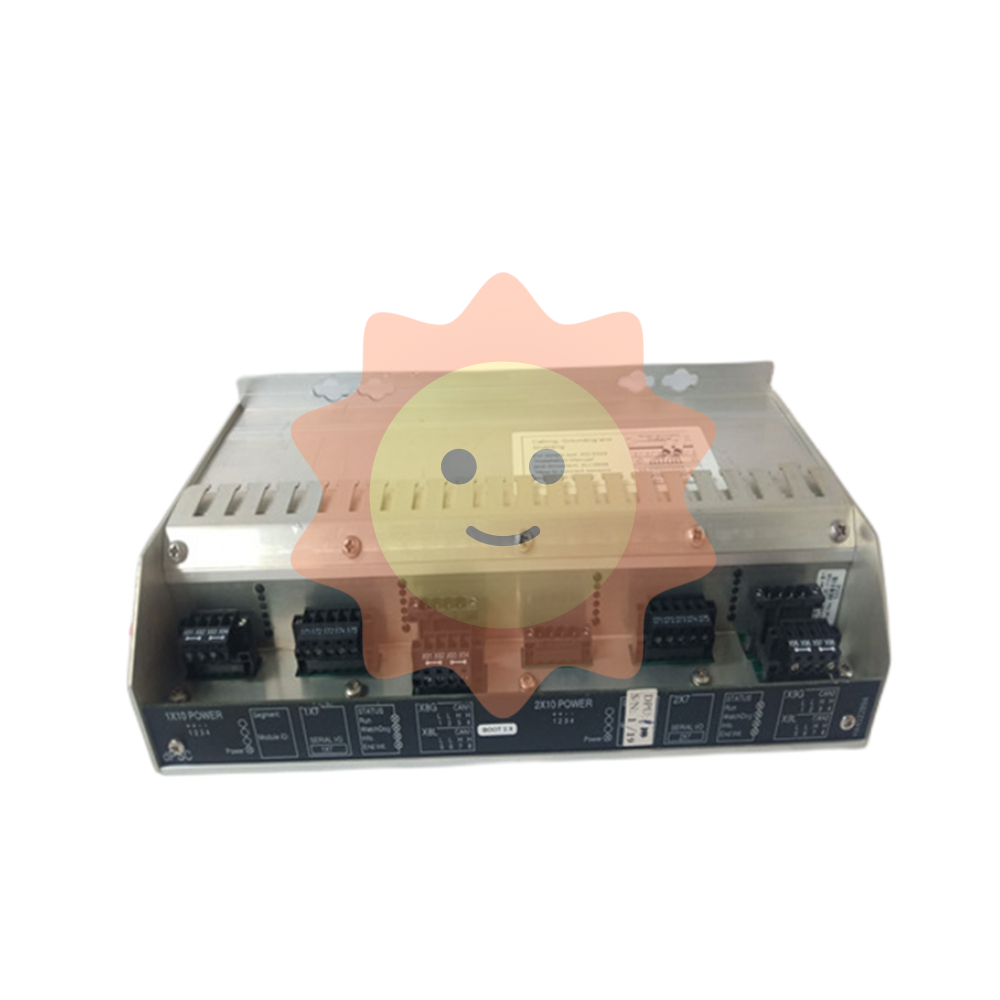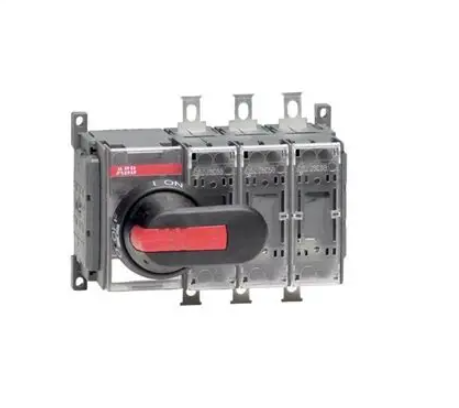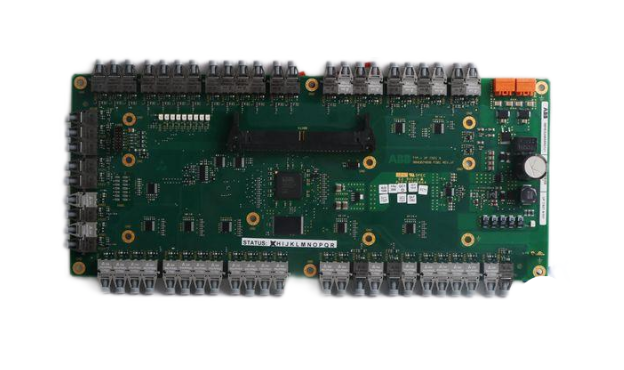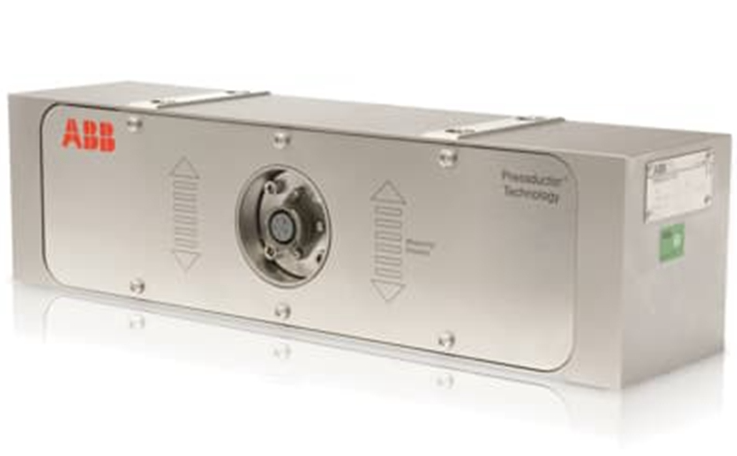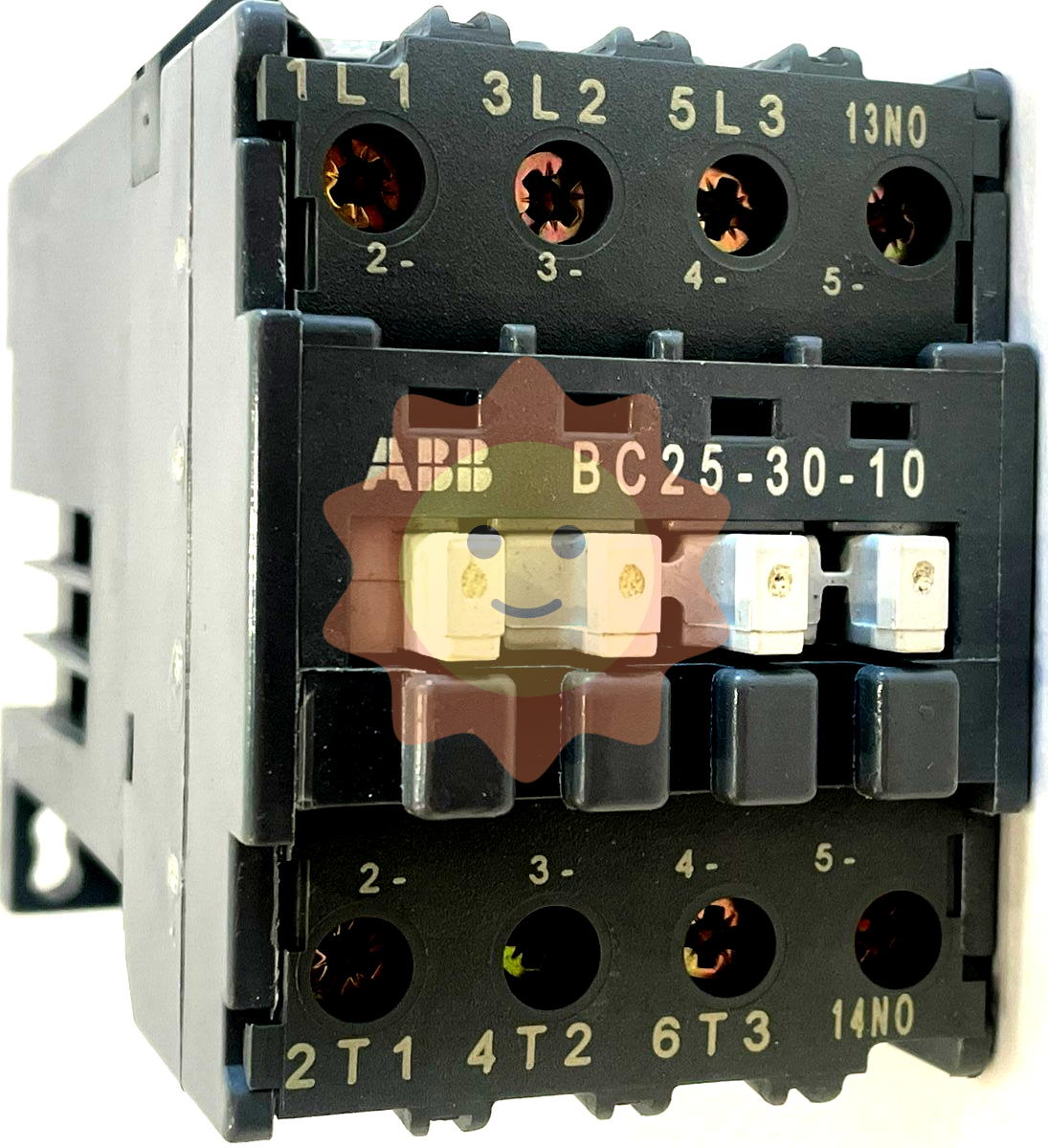Great contribution to the development of world paper making
Of course, mirage added to the water, the water temperature increase is not high, and lignin in high temperature lye, the chemical reaction is relatively rapid, later in practice to take high temperature lye cooking method, greatly shorten the separation of fiber time, the effect is better, from the fiber separation technology reached a new stage. It shows that at the latest in the Eastern Han Dynasty before The Three Kingdoms had begun to use the method of cooking to purify plant fibers.

Chemical cooking does a good job of removing lignin, but it also damages cellulose. If the cooking time is too long, the temperature is too high, and the alkali is too much, the cellulose will also be dissolved in the alkali solution in large quantities, affecting the yield (harvest rate) and quality of the pulp. In the case of low temperature, less alkali cooking time is not long, and can not achieve the expected effect. Therefore, cooking alone is not an ideal way. After a long period of exploration and repeated practice, people finally invented a multi-level processing method.
The method of multistage treatment is mainly to combine a variety of fiber separation methods together to improve the effect of fiber separation. Papermaking raw materials are first soaked in water for retting, and then the retting of raw materials for lye cooking, vegetarian cooking is not enough, can be repeated many times, and then the raw materials are piled and fermented, and finally washed, ramming into pulp. The Ming Dynasty "Tiangong Kaiwu" detailed introduction of the whole process of multistage pulp treatment, paper production in the application of multistage processing methods, of course, earlier.
What needs to be explained here is the fermentation pulping method, although it has the shortcomings of long fermentation time, large footprint and so on, but due to low production cost, light damage to the fiber, and high pulp yield, it is still used and has been used until now. At present, in Fujian, Jiangxi and other areas, bamboo is used as raw materials to produce light yellow cultural paper, such as raw edge paper, jade buckle paper, using traditional methods such as lime impregnation and water fermentation.
In modern paper production, in addition to alkali pulping, there is acid pulping, cooking raw materials with a mixed acidic solution of sulfite and sulfite, so that the non-cellulose in the papermaking raw materials is dissolved in the acid solution, and the cellulose in the raw materials is separated. This kind of acid pulping, our country has started in the late Ming and early Qing Dynasties, "Taiping Qing Dialect" there is a record of "using urine to soak straw" to make pulp. Urine is human urine, which contains urine base salts and is acidic. If the straw soaked in human urine is piled up, the microorganisms in the air are used to ferment it, and the urine-based salt in the urine gradually permeates the inside of the straw, dissolving part of the non-cellulose, and then further cooking and pulping, this method of human urine soaking straw can be regarded as the precursor of acid pulping.
About two hundred years later, in 1866 foreign countries invented sulfite pulping, that is, acid pulping, in 1874 this acid pulping was officially put into production. The method of human urine impregnation is simple and easy to do without any cost, so until today, when the vast rural areas of Fuyang area on the outskirts of Hangzhou handmade bamboo paper, the method of human urine impregnation bamboo material is also used.
Third, refining fiber technology - from hammering to water trip-powered
The fibers obtained after steaming of papermaking raw materials can not be directly used to make paper, because there is no affinity between these fibers, and even if they are stacked together, they will not form a sheet. The fibers that are to be stacked together are bound to each other and undergo a mechanical process. It turns out that fibers are able to bond together because cellulose molecules contain hydrophilic hydroxyl groups (-OH). When two cellulose molecules come close to each other in water, the oxygen atoms in the cellulose hydroxyl group pull the water molecules H-O-H together.
Then the water molecules act as a medium to hold the two cellulose together, and when the water evaporates, the water molecules run away, and the two cellulose forms a hydrogen bond, holding the cellulose together. That's how fibers are stacked together, dehydrated, and tightly sheathing. But cellulose has a shell that holds the hydroxide group tightly inside, so this shell must be broken up by hammering, pounding, or other methods to refine the fiber and expose the hydroxide group to form hydrogen bonds. This technique of striking fibers is called beating. Let's take a look at the development of beating technology.
Beat the drawing by hand

We know that papermaking began with the hammering of the strands scattered in the water during retting, similar to the method of batting in the water. Although batting is to break up the silk of the bad cocoon, the beating of paper making is to break up the outer 売 of the cellulose. Although the role is different, this unintentional imitation has opened the door to papermaking. However, in this method of water beating, part of the force is used to beat the water slurry, the force on the wisps is not large enough, and the force on the twine is not too heavy, and a heavy mat will be broken. In this case, the outer 売 of the cellulose is not completely destroyed. Using this raw material to make paper, of course, the paper produced is not tightly woven, and the texture is rough.
- EMERSON
- Honeywell
- CTI
- Rolls-Royce
- General Electric
- Woodward
- Yaskawa
- xYCOM
- Motorola
- Siemens
- Rockwell
- ABB
- B&R
- HIMA
- Construction site
- electricity
- Automobile market
- PLC
- DCS
- Motor drivers
- VSD
- Implications
- cement
- CO2
- CEM
- methane
- Artificial intelligence
- Titanic
- Solar energy
- Hydrogen fuel cell
- Hydrogen and fuel cells
- Hydrogen and oxygen fuel cells
- tyre
- Chemical fiber
- dynamo
- corpuscle
- Pulp and paper
- printing
- fossil
- FANUC
- Food and beverage
- Life science
- Sewage treatment
- Personal care
- electricity
- boats
- infrastructure
- Automobile industry
- metallurgy
- Nuclear power generation
- Geothermal power generation
- Water and wastewater
- Infrastructure construction
- Mine hazard
- steel
- papermaking
- Natural gas industry
- Infrastructure construction
- Power and energy
- Rubber and plastic
- Renewable energy
- pharmacy
- mining
- Plastic industry
- Schneider
- Kongsberg
- NI
- Wind energy
- International petroleum
- International new energy network
- gas
- WATLOW
- ProSoft
- SEW
- wind
- ADVANCED
- Reliance
- YOKOGAWA
- TRICONEX
- FOXBORO
- METSO
- MAN
- Advantest
- ADVANCED
- ALSTOM
- Control Wave
- AB
- AMAT
- STUDER
- KONGSBERG
- MOTOROLA
- DANAHER MOTION
- Bently
- Galil
- EATON
- MOLEX
- Triconex
- DEIF
- B&W
- ZYGO
- Aerotech
- DANFOSS
- KOLLMORGEN
- Beijer
- Endress+Hauser
- MOOG
- KB
- Moxa
- Rexroth


Email:wang@kongjiangauto.com

